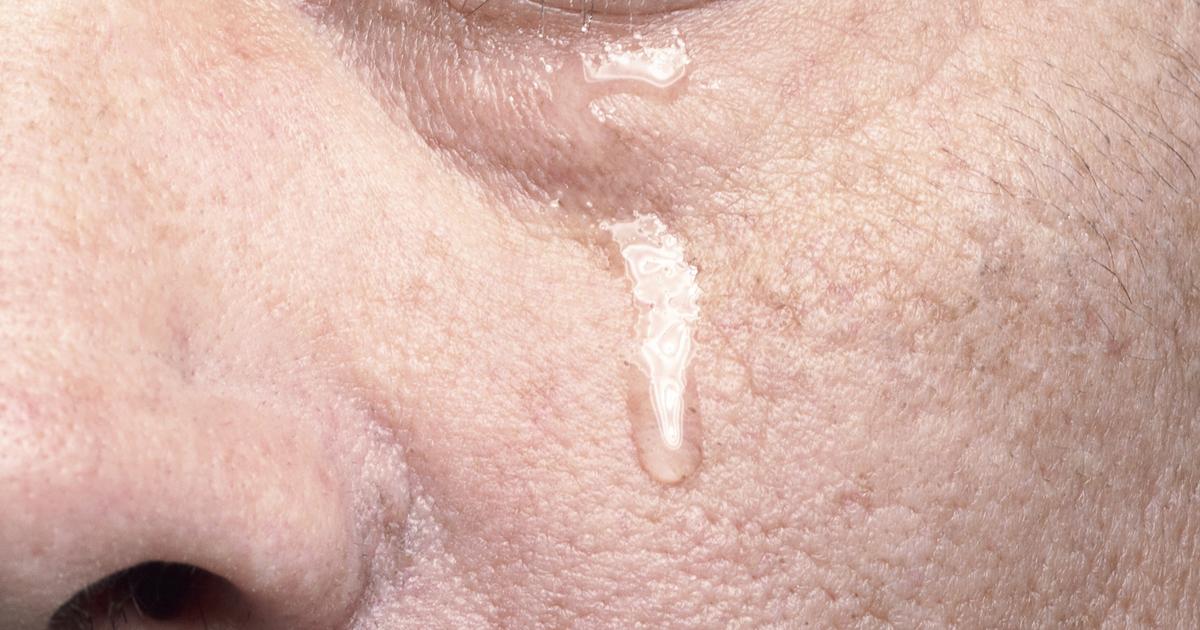Critical Facts To Know About Recognizing And Treating Dry Eye
How Do Tears Relate To Dry Eye?

In a healthy eye, tears, known as basal tears, lubricate the cornea, which is the transparent, outer dome covering the surface of the eye. With every blink, a healthy eye will lubricate the cornea, providing protection from the outside environment as well as nourishing the cells in the eyes. These tears are a complex mixture of fatty oils, mucus, proteins, and water that keep the eye free from infection and irritants. Individuals with dry eye do not produce these tears in enough quantity or quality, causing irritation and other problems with the eyes. Dry eye can even create watery, teary eyes, as strange as that sounds, which is the body's way of compensating for the dehydration in the eye.
Get the details on the causes linked to dry eye next.
What Causes Dry Eye?

There are numerous underlying factors for dry eye developing, and many can be unavoidable. Dry eye is more frequent in individuals who are fifty years old or older, as well as being more prevalent within women, mainly due to hormonal changes during pregnancy. Medications such as antidepressants, antihistamines, anxiety medications, birth control, high blood pressure, medication, hormone replacement therapy, menopause medication, and also the medicine for Parkinson's disease can cause the condition. Diseases such as diabetes, lupus, rheumatoid arthritis, scleroderma, Sjogren's syndrome, and thyroid issues can also contribute to dry eye. Environmental factors that can cause dry eye include arid climate, prolonged computer screen use, seasonal allergies, and windy and smoky environments. Laser eye surgery can also result in the development of a temporary case of dry eye.
Discover how dry eye is diagnosed next.
